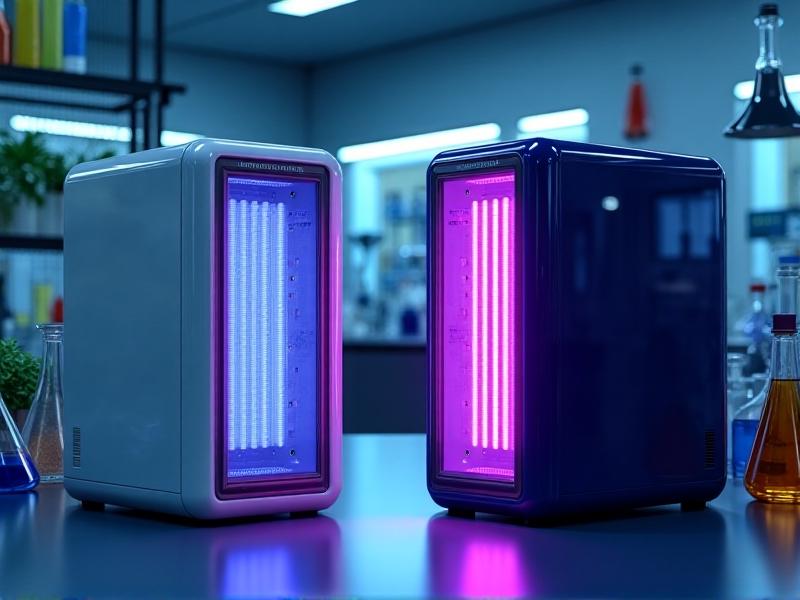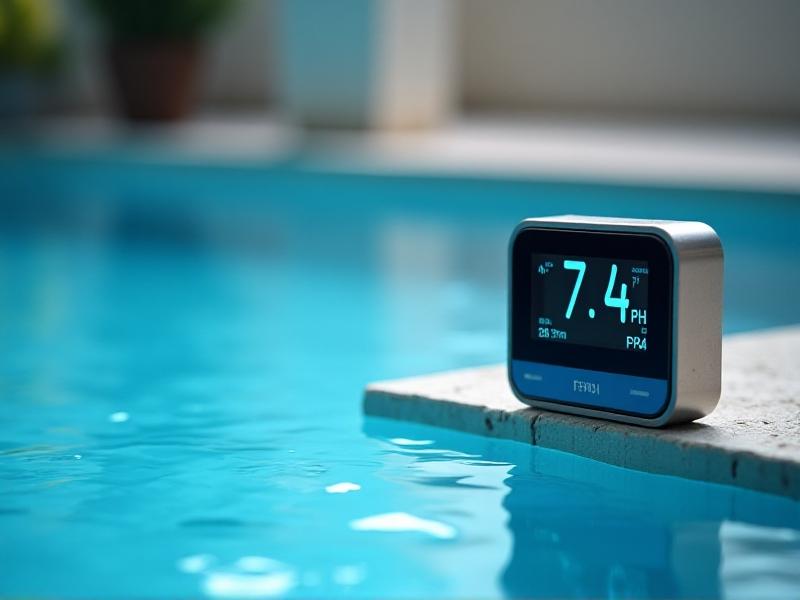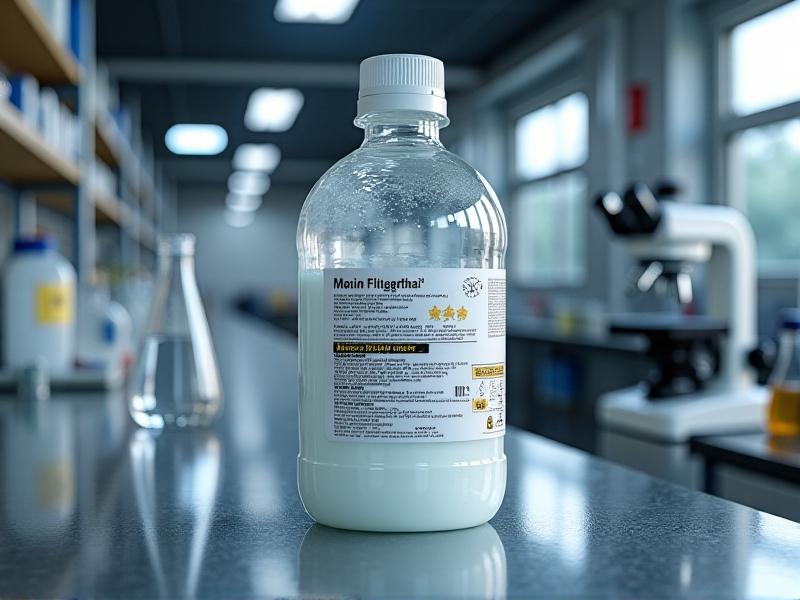Microbial Testing Frequency Standards
Understanding Microbial Testing Frequency Standards
Microbial testing is a critical component of ensuring safety and quality in various industries, including food production, pharmaceuticals, and healthcare. The frequency of microbial testing is not a one-size-fits-all approach; it varies depending on the industry, the type of product, and regulatory requirements. Understanding these standards is essential for maintaining compliance and safeguarding public health.
For instance, in the food industry, microbial testing frequency often depends on the risk level associated with the product. High-risk foods, such as ready-to-eat meals, may require more frequent testing compared to low-risk items like canned goods. Similarly, in pharmaceuticals, the testing frequency is influenced by the stage of production, with raw materials and finished products undergoing rigorous testing to ensure they meet safety standards.

Regulatory Frameworks Governing Microbial Testing
Different countries and regions have their own regulatory frameworks that dictate microbial testing frequency. In the United States, the Food and Drug Administration (FDA) and the United States Department of Agriculture (USDA) set the standards for food safety. These agencies provide guidelines on how often microbial testing should be conducted, based on the type of food product and the potential risks involved.
In the European Union, the European Food Safety Authority (EFSA) plays a similar role, offering guidance on microbial testing frequency to ensure food safety across member states. Pharmaceutical companies, on the other hand, must adhere to the Good Manufacturing Practice (GMP) guidelines, which outline the necessary testing frequency for raw materials, in-process products, and finished goods.

Factors Influencing Microbial Testing Frequency
Several factors influence how often microbial testing should be conducted. One of the primary considerations is the risk level associated with the product. High-risk products, such as those that are perishable or have a history of contamination, require more frequent testing. Additionally, the source of raw materials can impact testing frequency; suppliers with a history of contamination issues may necessitate more rigorous testing.
Another critical factor is the production process. Products that undergo minimal processing or are exposed to potential contamination points during production may require more frequent testing. Finally, regulatory requirements and industry standards play a significant role in determining testing frequency, as non-compliance can result in severe penalties and damage to a company’s reputation.

Best Practices for Implementing Microbial Testing
Implementing an effective microbial testing program requires careful planning and execution. One of the best practices is to conduct a risk assessment to identify potential contamination points and determine the appropriate testing frequency. This assessment should be based on the type of product, the production process, and the regulatory requirements.
Another best practice is to use validated testing methods that are recognized by regulatory agencies. This ensures the accuracy and reliability of the test results. Additionally, it’s essential to maintain proper documentation of all testing activities, as this can be crucial during regulatory inspections and audits. Regular training of staff on microbial testing procedures and safety protocols is also vital to ensure compliance and consistency.
Challenges in Microbial Testing and How to Overcome Them
Despite its importance, microbial testing comes with its own set of challenges. One of the primary challenges is the cost associated with frequent testing, especially for small and medium-sized enterprises. To overcome this, companies can explore cost-effective testing methods or outsource testing to specialized laboratories.
Another challenge is the time required to obtain test results, which can delay production and distribution. Rapid testing methods, such as PCR (Polymerase Chain Reaction) and ELISA (Enzyme-Linked Immunosorbent Assay), can help reduce turnaround times. Additionally, maintaining a clean and hygienic production environment can minimize the risk of contamination, thereby reducing the need for frequent testing.
The Future of Microbial Testing Frequency Standards
As technology continues to advance, the future of microbial testing frequency standards looks promising. Innovations in testing methods, such as next-generation sequencing (NGS) and biosensors, are expected to revolutionize the field by providing faster, more accurate, and cost-effective testing solutions. These advancements will likely lead to more stringent testing standards, ensuring even greater safety and quality in various industries.
Moreover, the increasing use of artificial intelligence (AI) and machine learning in microbial testing can help predict contamination risks and optimize testing frequency. This proactive approach will not only enhance safety but also reduce the overall cost and time associated with microbial testing. As regulatory bodies continue to update their guidelines, companies must stay informed and adapt to these changes to remain compliant and competitive.







